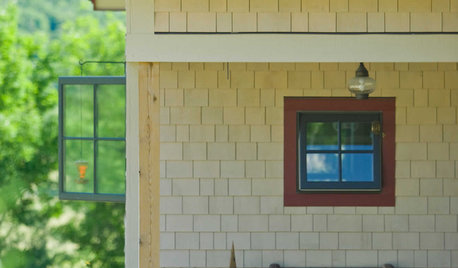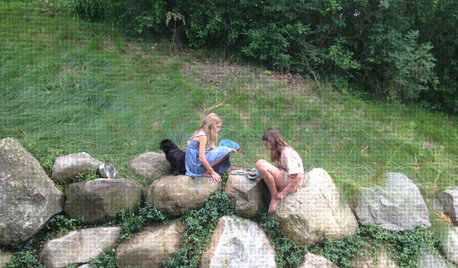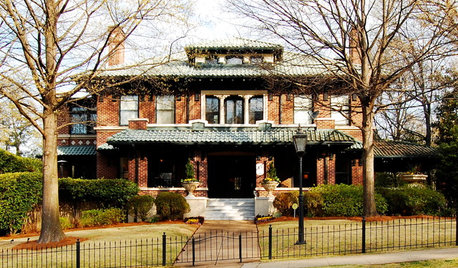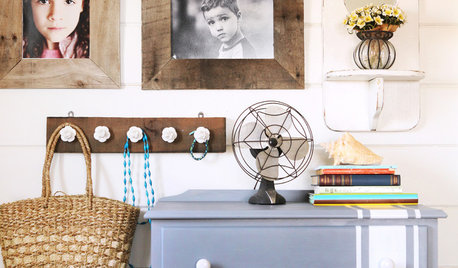Is this normal when you first plant hollys Leave turning yellow
chrisk399
14 years ago
Featured Answer
Comments (10)
brandon7 TN_zone7
14 years agoRelated Professionals
Kapaa Landscape Architects & Landscape Designers · Williamsburg Landscape Contractors · Peabody Landscape Contractors · Coeur d'Alene Landscape Contractors · Fort Mill Landscape Contractors · Long Beach Landscape Contractors · Mastic Beach Landscape Contractors · Norwalk Landscape Contractors · University City Landscape Contractors · Selma Landscape Contractors · Alhambra Fence Contractors · Clarksburg Fence Contractors · Fountain Fence Contractors · West Columbia Fence Contractors · Winchester Fence Contractorschrisk399
14 years agojpaulmoore
14 years agorhizo_1 (North AL) zone 7
14 years agobrandon7 TN_zone7
14 years agojpaulmoore
14 years agosam_md
14 years agobrandon7 TN_zone7
14 years agocopepajman_yahoo_com
13 years ago
Related Stories

GARDENING GUIDESGot Frost-Damaged Plants? How It Happens, and When and How to Prune
Crispy brown leaves are a sure sign that Jack Frost has been to your neighborhood
Full Story
GARDENING GUIDESWhat's Wrong With My Plant? Leaves Often Hold the Clues
Learn how to identify common plant ailments by reading their leaves
Full Story
EXTERIOR COLORWhen to Paint Your Home Yellow
Be a cheer leader with this color that captures the sun and radiates a warm welcome
Full Story
CONTRACTOR TIPSBuilding Permits: When a Permit Is Required and When It's Not
In this article, the first in a series exploring permit processes and requirements, learn why and when you might need one
Full Story
LIFETurn Off the Video Games and Turn On Your Kid's Creativity
Going nuts planning summer activities? Kids overdosing on screen time? It may be time to foster more self-directed play
Full Story
CONTAINER GARDENSContainer Garden Basics: How and When to Water Potted Plants
Confused about soil moisture, the best time to water and what watering device to use? This guide can help
Full Story
GARDENING GUIDESWhen and How to Plant a Tree, and Why You Should
Trees add beauty while benefiting the environment. Learn the right way to plant one
Full Story
ARCHITECTUREStates of Style: Alabama’s Icons Leave Their Mark
In the first of a new series, discover the natural beauty, the architectural icons and some of our favorite homes deep in the heart of Dixie
Full Story
FALL GARDENING5 Ways to Put Fall Leaves to Work in Your Garden
Improve your soil and yard the organic way with a valuable garden booster that grows on trees
Full Story
DIY PROJECTSTurn a Wooden Pallet Into Unique Photo Frames
Free wood? We're so in. Salvage a pallet or other cast-off wood to make delightfully distressed frames that fit almost any decor
Full StoryMore Discussions







brandon7 TN_zone7